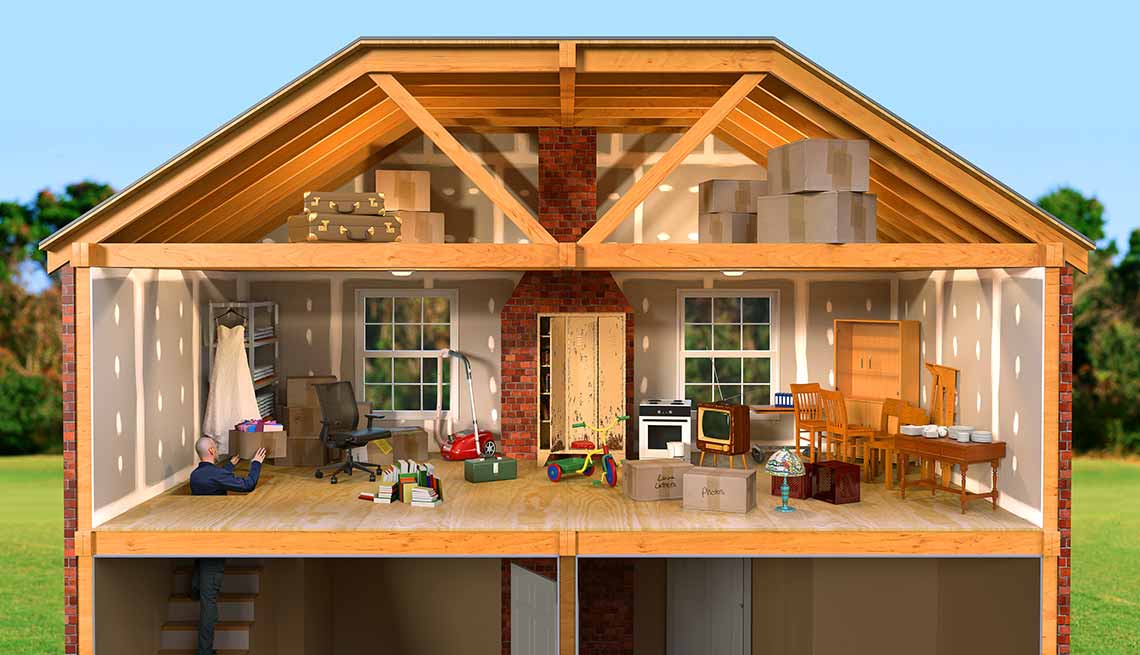LORA-Gateway is a radio module that serves as a communication device between LORA network terminal devices and Lorawan Network Servers (LNs). The gateway connects the Lora network servers to high-bandwidth networks such as WiFi, Ethernet and cellular networks to assure a seamless connection between Lora end nodes and application servers. The gateway receives LORA’s modulated RF messages from the terminal devices that can be heard remotely, and the messages are then connected to the IP backbone.
LORA is a cloud-based Media Access Control (MAC) layer protocol that serves as a network layer protocol for the management of communication between LPWAN gateways, end nodes and devices routing protocols maintained by the LORA Alliance. It enables terminal devices (sensors and actuators) to connect to its network of radio gateways using Lora RF modulation. Lora modulation manages network connectivity between sensors and radio bridges running on the Lora protocol and is compatible with industry-standard Lora gateways.
Based on the RSSI level of the identical message, the network server selects the gateway that received the message with the best RSSI and sends the downlink to the gateway, as it is the closest to the device in question.
Designed for outdoor coverage, indoor connectivity and support for tens of thousands of IoT sensors and devices, Lora gateways enable both public and private IoT network deployment. Gateways in a LORA network (LORA) act as transparent bridges and transmit messages from the terminal to a central network server at the backend. It is ideal for public or nationwide deployment where gateways connect to network servers via a standard IP connection and control private rollouts where security and control are vital. The LORA gateways are used to set network implementations relevant to electrical devices.
Since there is a one-to-one relationship between the LORA-based device and the gateway, Lorawan network messages are sent to the terminal device that moves within the gateway area. The gateway receives data from the end node (sensor) and receives the Lora data packet (LORA) and its Internet protocol (IP) from the network server. The network server can be in the cloud, where it is managed by a service like Comcast MachineQ or a physical gateway that operates in packet forward mode and sends raw Lora packets over the air from the network server to the network server over the air.
LORA gateways are located at the heart of the LORA star topology and bridge the terminals and servers of the network. It is important to distinguish between Lorawan end nodes that communicate with low-power Lorawan gateways and Lorawan gateways that communicate with network servers using high-bandwidth communication protocols such as WiFi, Ethernet and mobile communications. Devices that use low-power networks, such as Lorawan, connect directly to the gateway, while gateways that use high-bandwidth networks, such as Wifi, Ethernet or cello, connect things directly to the network.
Communication between the sensor nodes and base stations takes place over wireless channels that use the physical LORA layer, while the connection between the gateway and network server takes place via the IP-based backbone network.
The Lorawan gateways are based on NAS IER000 Lorawan concentrators and are a Nordic automation system that connects LORA products used on the Lorawan network to collect real-time data and provide feedback when needed. At its core, the Lora Long Range Network (LORA Long Range) consists of nodes and gateways for its operators.
All data about Lorawan is encrypted, the sensor data on the node is encrypted and then encrypted with the Lorawan protocol and then sent to the Lora gateway.
The end nodes come in the form of power-saving microcontrollers that can be used without maintenance for years and are equipped with LORA transmitters to send data packets to the gateways. The data rate is low between the end node and the node-to-end device (LORA gateway) which is a necessary sacrifice to enable long battery life and long wireless range. Given the capability of Lora-based end nodes and gateways, few gateways can be configured in an All-Star network without a multitude of end nodes.
Lorawan mode supports multiple working modes such as Lora repeater mode, MQTT mode, TCP / IP client mode and TCP / IPS server mode to meet the varying needs of IoT connections.
There are countless steps to set up a LORA network gateway from scratch, register it as something on the network and observe data from a simple Lora node. It is a critical step in the integration of IoT technologies into the embedded devices and applications that drive our world. This blog to the Lora Alliance documents all the steps required to create a gateway and register it on the network as a “thing” and to observe the uplinking of data from simple Lora’s nodes.
Our range of Lorawan Sensor Gateways enables easy integration from the box and provides everything required to build a complete IoT network


